Report by Kate Hurst, QLocal's favourite local historian, with photos by Roger Blaxall and from Dave Downey
If you ever get the chance to stop for a moment by the junction of Town Green Lane and Prescot Road, Aughton, you’ll see a house on the corner. If you study it closely, you’ll see a date stone very typical of the kind that were being carved and mounted onto exterior walls in the early nineteenth century; this one features the initials:
G
W E
1808
The arrangement of the letters suggests that the house was built by a married couple; the “G” would represent their surname, with “W” and “E” being the forenames of the husband and wife. Who they were is less certain; the dates on these stones do not always relate to the year when a wedding took place so it is just as likely that our mystery couple saved for 25 years before they could afford to build a home as it is that they had the funds to lay the first brick as soon as they left the church.
For the time being, their identity remains a puzzle . . .
Fortunately, there are other methods available for those who want to learn about the history of a house; this is where the real research – a trip to Lancashire Archives, deciphering the endless pages of catalogued material, and ordering up enormous old documents - begins! What can the house on the corner of Town Green Lane and Prescot Road tell us about the past?
At least two maps at the Archives held some useful clues, and the first dated from around 1819. It was the end of the reign of George III; due to his poor mental health, his son (the future George IV) had been appointed Prince Regent, and - that May, 1819 - George III’s younger son and daughter-in-law, the Duke and Duchess of Kent, welcomed their only child, a girl called Victoria. You might have heard of her . . .
Back in Lancashire, the Aughton of 1819 was home to 1,032 people (or 198 families) and there were 191 occupied houses in the village. If you’ve ever driven or walked down Town Green Lane, you might be interested to know that - on 5 March 1819 - the Annals of Aughton (1893) noted that “Mr. Thomas Molyneux was empowered to direct the road over the Town Green”, which suggests that today’s Town Green Lane either didn’t exist or was little more than a track when the house on Sagar Fold was built.
The village was a busy place that year - in early June 1819 an Act was passed which allowed the land in Aughton to be enclosed; essentially this series of laws allowed landowners to legally claim the right to any open fields and common land in each town or village. A map of Aughton was drawn up (and can still be seen at the Lancashire Archives) which detailed every field and every building . . . including a small house on the corner of Town Green and Prescot Road...
Some key evidence was yet to come, thanks to other legal changes. Some of you might have heard of the concept of tithes - where everyone in a town or village was expected to give one-tenth of their income (whether in money, crops, timber, eggs or other produce) to the local Anglican church - but this led to problems. As far back as the Reformation, church lands had been sold off to titled nobles, who were still permitted to claim these tithes from their tenants . . . the rich were getting richer and, more to the point, some non-Anglicans (such as Catholics and Methodists) didn’t really want to give their goods to the Church of England.
Finally, in 1836, tithes were abolished, and maps had to be drawn up in order that the land in each village or town could be valued accurately. In 1843, every house, cottage, barn, field, pasture and meadow was measured (in rods, poles and perches) and valued, every piece of land was numbered and drawn out on a huge map; again these are held at the Lancashire Archives. If you’d like to try to imagine their size, the best thing I can suggest is that you find a tablecloth of a reasonable size, unfold it and lay it somewhere flat!
This was where the lives of those who once lived in the original house became real! Using the schedule, it was possible to learn that the land - and a large area around it - was the property of farmer John Atherton. Born in around 1787 in Maghull, he appears to have lived at Mill Bank Farm, Maghull, very close to properties called Atherton’s Farm and Atherton’s Cottages; the person who actually lived at the Sagar Fold property was a farmer, one William Roughley.
William had been born in Aughton in 1793, and baptised at St. Peter and Paul’s Church, Ormskirk; his parents William “Ruffley” and Alice Austin had married there in 1787. William junior was the third child in a family of eight, and was around 18-years-old when his father died; again, although the elder William was buried at Ormskirk on 26 April 1811, his address was given as Aughton. (An interesting detail is the fact that an inquest was held after the death of William senior; this may not have been sinister, but instead just an attempt to find the cause of death for a man who was only 49-years-old.)
Soon afterwards, on 5 January 1815, William junior was employed as a husbandman when he married Ellen Ashcroft at St. Cuthbert’s Church, Halsall. The couple lived in Melling until at least 1841, by which time nine children - Alice (c.1815), William (1816), John (1819-1820), Edward (1821), another John (1824-1825), Ellin (1827), Job (1828), Maria (1830), Thomas (1833) and Mary (1835-1836) had been born. One way or the other, by 1843, William and his family were living in Aughton.
The tithe schedule confirms that William occupied a total of 18 acres and 8 perches of land in Aughton in 1843; the entire corner of land to the south of Town Green Lane and south-west of Prescot Road was split into thirteen separate sections of land, and William held ten of them. They included five pieces of arable land, a pasture, two meadow areas, a cottage and garden, and - most crucially - a 31-perch area right on the junction of the two roads, labelled “House Outbuildings Yard”; for this, he was expected to pay £3 14s. to the Rector.
Judging by the surviving census records, William stayed in Aughton for the rest of his life. After Ellen’s death in June 1850, she was buried at St. Thomas’ Church, Melling, and a few months later the census showed that William was farming 18 acres, living with his children William, Maria and Thomas. An elder daughter, Ellen, married John Taylor on 5 November 1848, and briefly lived in Melling before she moved closer to her widowed father. By the night of the 1861 census a house that was said to be on “Prescott Lane” was home to John (now farming 25 acres), Ellen, their daughters Hannah (aged 11) and Ellen (aged 10), a “boarder” in the form of sixty-year-old gardener William Roughley and a servant, John Rimmer, who worked as a carter.
Photograph shows Edward and George Hesketh, typical of local farmers at the time with a trailer laden for market in Liverpool
William Roughley lived for a further two years; his death was registered locally in 1863, but there is one last interesting twist in the Roughley family’s story. William was one of eight children, and his youngest sibling was a brother named Thomas, born in 1810. It is understood that William’s father may have used the alias “William Aspinwall”, and that in later life Thomas also assumed the surname. If you look Thomas up on the census records, you’ll see that he seems to have moved a little closer to Ormskirk, where he ran the Eureka Hotel on Halsall Lane. Why he chose “Aspinwall” is anyone’s guess, but - in 1790 - his aunt Margaret Roughley applied for an affiliation and maintenance order to support her illegitimate child . . . the baby’s father was alleged to be a certain Thomas Aspinwall...
Our thanks to Dave and his family for showing Kate and Roger round - and their help in preparing this article along with providing pictures of the farmhouse renovation which lasted two years or so. And of course to Kate who was contacted by QLocal’s Roger Blaxall after a chance remark at Aughton Parish Council about plans being submitted for its renovation; some members were dubious back then about the outcome; their fears were obviously unfounded given the wonderful renovation that's now almost complete.

|
|
||||||
|
WANTED: YOUR NEWS AND STORIES FOR ORMSKIRK
Phone / Txt Roger on 0754 3955 841 Email local news to us including image(s) ormskirk@qlocal.co.uk Follow / Report to us on Twitter @QlocalOrmskirk
WANTED: YOUR NEWS AND STORIES FOR ORMSKIRK
Phone / Txt Roger on 0754 3955 841 Email local news to us including image(s) ormskirk@qlocal.co.uk Follow / Report to us on Twitter @QlocalOrmskirk 
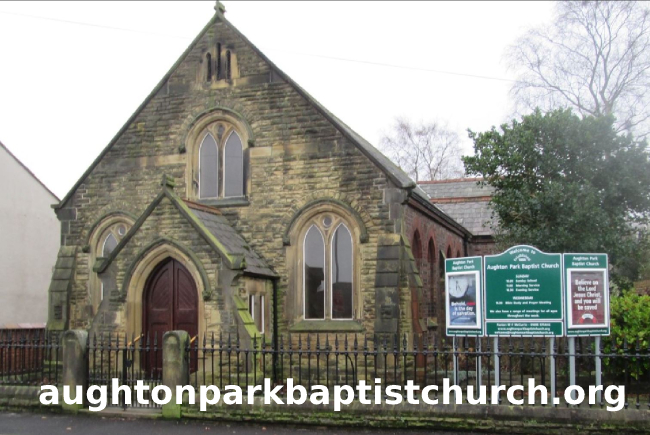
Check Todays Deals on Ebay.co.uk Your Comments:
Custom Search

|
You are in:
UK /
Ormskirk / North West
Find any Town in the UK, or Use UK map Local Google MAP for Ormskirk Check Todays Deals On Amazon.co.uk Check Todays Deals on Ebay.co.uk 

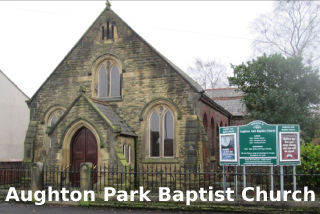

Qlocal Supports Woodlands Animal Sanctuary 

 Be Seen - Advertise on Qlocal Corporate Sponsors
Southport Piano and Music Academy Washroom Services Maximum Grounds Maintenance Southport Garden Services Ormskirk Garden Services Sanitary Bins Nappy Bins & Waste Disposal Confidential Shredding Services Legionella Risk Testing London Washroom Services Croydon Washroom Services Hounslow Washroom Services Wandsworth Washroom Services Havering Washroom Services Sanitary Bins London Clinical Waste London General Waste London Legionella Testing London Shredding London Tatoo Waste London Preston Bird Control Blackpool Bird Control
UK, Local Online News Community, Forums, Chats, For Sale, Classified, Offers, Vouchers, Events, Motors Sale, Property For Sale Rent, Jobs, Hotels, Taxi, Restaurants, Pubs, Clubs, Pictures, Sports, Charities, Lost Found
ormskirk,
ormskirk News,
|
|||||
|
|
|
|




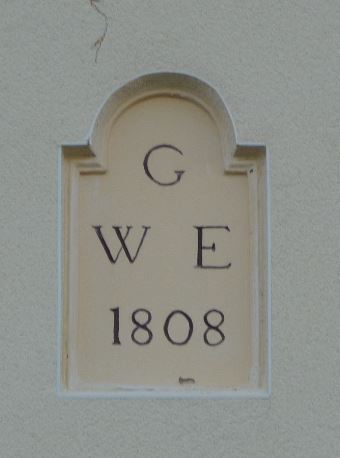
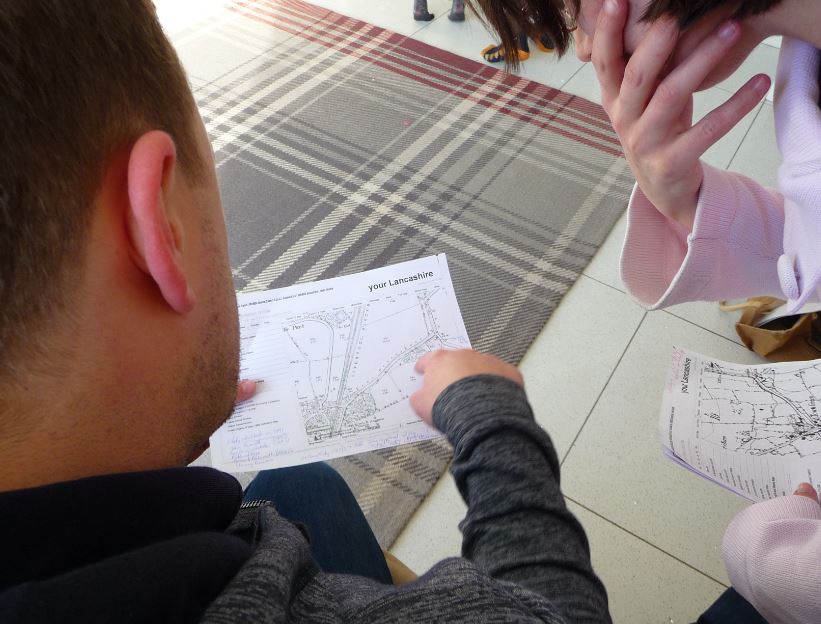
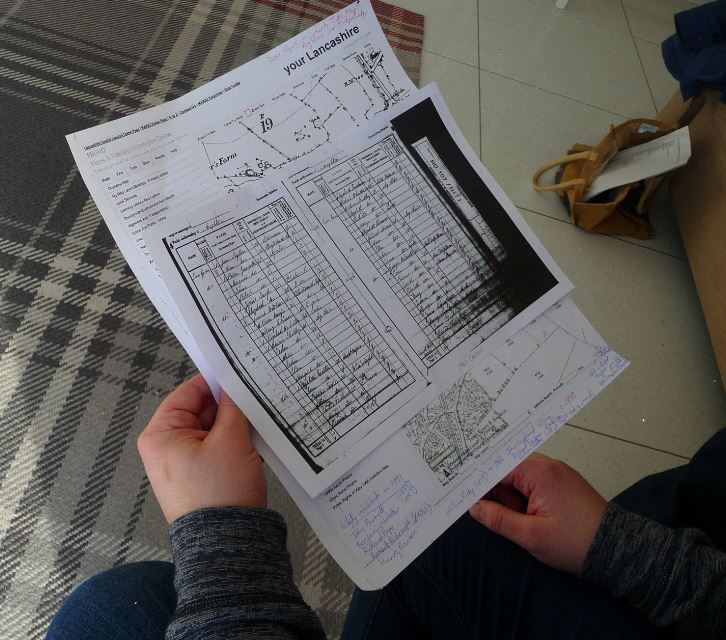





 Reply With Quote
Reply With Quote

